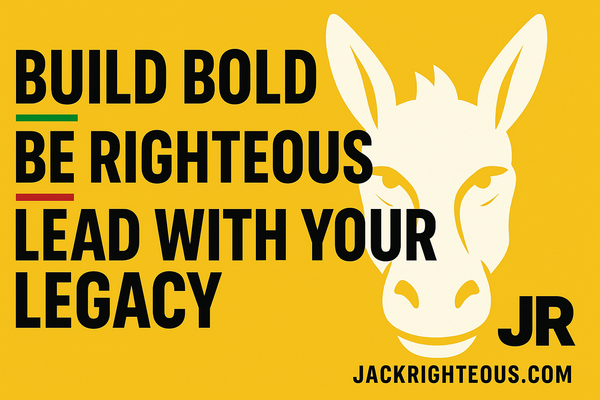
Suno Sued Again: What AI Music Creators Need to Know Now
Gary Whittaker
Suno Sued Again: What the New AI Music Lawsuit Means for Creators (November 2025)
By Jack Righteous • Updated November 2025 • Read time: 7–10 minutes
If you create with AI tools, you have likely seen the headlines. Koda—the Danish rights society representing tens of thousands of songwriters and publishers—filed a lawsuit against Suno in early November 2025. This guide gives you the facts, context, and clear steps to continue creating responsibly.
1) What happened
On November 4–5, 2025, Koda filed a complaint in the Copenhagen City Court alleging that Suno trained its model on protected works in Koda’s repertoire without permission or remuneration. Public reporting summarizing the filing notes references to well-known Danish recordings and claims of recognizable similarity in certain AI outputs.
| Artist | Track | Context |
|---|---|---|
| Aqua | Barbie Girl | Referenced in filing summaries |
| MØ | Final Song | Referenced in filing summaries |
| Christopher | A Beautiful Life | Referenced in filing summaries |
| D-A-D | Sleeping My Day Away | Referenced in filing summaries |
Note: These examples come from media coverage that reviewed portions of the filing. The full docket has not been posted publicly as of publication.
2) How this connects to earlier cases
The Koda case fits a wider pattern of rights-holder actions focused on training data and output similarity.
| Year | Region | Filing party | Core claim |
|---|---|---|---|
| 2023–2024 | United States | Major labels (via RIAA) incl. UMG, Sony, Warner | Training on copyrighted recordings without license |
| 2024 | Germany | GEMA | Unauthorized use of protected repertoire |
| Nov 2025 | Denmark | Koda | Unauthorized training; alleged output similarity |
Courts have not delivered a global, final answer on whether model training on copyrighted works is infringement. Each case builds the precedent that will shape how AI music operates.
3) What’s at stake
Licensed training becomes standard
- Platforms license catalogs via societies and direct deals.
- Costs shift into subscriptions or usage fees.
- Clearer rights paths for commercial releases.
Training deemed non-infringing
- Cheaper access persists; disputes continue elsewhere.
- Greater uncertainty around output similarity.
- More fragmented compliance expectations by territory.
We are in a transition. Expect more licensing, more filtering, and clearer audit trails across the ecosystem.
4) What this means for creators using Suno
- Service status: No immediate change has been announced.
- Risk surface: Prompts that target a specific artist’s melody/lyric/mix are the most vulnerable to similarity claims.
- Crediting posture: Treat AI as studio infrastructure; keep authorship grounded in your contribution.
5) Practical steps to stay safe (and keep shipping)
A) Lyrics and composition
- Write your own lyrics. If AI drafts first, revise until they are yours.
- Avoid prompts like
“recreate [Song]”or“match the melody of [Track]”. - Guide style with descriptors (tempo, mood, instrument set) rather than direct artist/song calls.
B) Version control and documentation
- Maintain a simple log per song: date, prompt summary, edits, exports.
- Store final lyrics and any external stems you add.
- Keep timestamps for commercial releases (DistroKid/BandLab/SOCAN/ASCAP filings, etc.).
C) Release stance
- Credit yourself clearly as lyricist and composer where applicable.
- When collaborating with vocalists or musicians, capture written splits.
- If a track leans heavily on AI-generated composition, bolster the human layer (arrangement changes, added parts, lyrical rewrite).
D) Prompts that reduce similarity risk
- Structure first: “90–100 BPM, minor key, syncopated drums, call-and-response hook, sparse intro.”
- Instrumentation: “clean electric guitar arpeggios, sub-bass, tight punchy kick, warm pad.”
- Mix notes: “dry vocal, light plate reverb, subtle tape saturation, headroom for mastering.”
E) If you get a claim
- Pull your version notes, exports, and lyric drafts.
- Compare the melody and lyrics first; adjust and re-release if needed.
- Escalate to the distributor’s dispute channel with your documentation.
Cover image brief (16:9 • JR brand)
Use this as the art direction for your designer or image model:
Epic editorial photo-illustration of a courthouse with digital audio waveforms overlayed, subtle AI neurons flowing into staff lines and sheet music. Deep blacks and muted steel-blue tones (site style). JR logo in lower-left, “JackRighteous.com” along bottom border. No headline text baked into the image.
Alt text:Alt (≤200 chars): Courthouse with digital audio waveforms and AI neural patterns, representing the Suno copyright lawsuit and the future of AI music rights.
Sources
- Music Business Worldwide — Coverage of Koda’s lawsuit filing and referenced Danish works.
- Digital Music News — Report on Koda’s complaint and alleged unauthorized training.
- GEMA (Germany) — Prior litigation announcement concerning AI and repertoire use.
- Reuters / AP — Industry context on label positions and settlements with other AI music firms.
Note: Where filings are not publicly posted, items above summarize reputable reporting of the underlying complaints. This page will be updated when dockets or orders are published.
